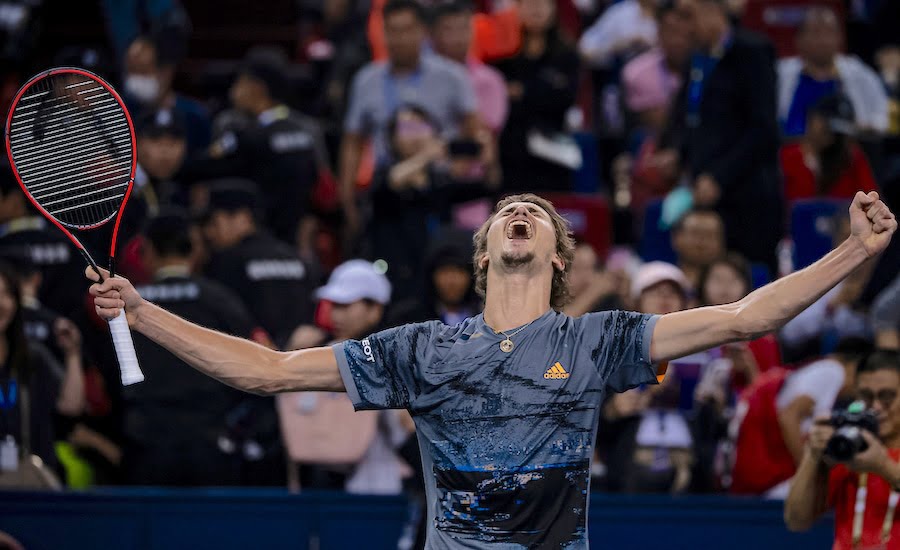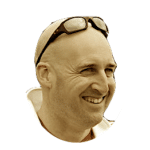
“It’s absurd” Physical trainer to Alexander Zverev highlights tough tennis calendar for top pro’s
Jez Green, physical conditioner for Alexander Zverev, says the top players are usually too tired to do much hard physical work during the Asia swing
Tennis must be the most physically demanding of all sports. The top players are on the road competing for up to 35 weeks of the year, playing several matches every week and having to switch between different surfaces, different climates and different time zones.
The off-season now is almost non-existent. Staging the Davis Cup Finals at the end of November means the players won’t be able to start their off-seasons until deep into December. By the first week of January most of them will be competing again. It’s absurd.
On top of it all, the players have trainers like me demanding physical work from them throughout the year. The training is continuous, particularly for the guys who tend to go deep in almost every tournament. To keep up with everyone else they need to train and practise at the highest level whenever they step on the court or go in the gym. If they go down a level their ranking will go down a level: it’s as simple as that.
Of course players like Alexander Zverev can’t work at the same pitch every week of the year. I split the year into blocks of between six to eight weeks. I have a theme for each block, which I change at the end of each one, so that the body doesn’t go stale as a result of always doing the same thing. Generally the intensity of the work will go down through the year.
I treat the period from December through to just before Indian Wells as a continuous off season. All the way through to late February the players do heavy endurance work, with plenty of heavy weights and a lot of hard track work. By the time we get to Indian Wells and Miami I’m starting to prepare for the clay-court season.
The last chance in the year to do a big block of physical work is post-Wimbledon. Most of the top guys will take a week or 10 days off after Wimbledon, after which they’ll have a couple of weeks in which they can put in some heavy work. Generally you’ll be looking to push quite hard all the way through to the US Open.
After the US Open, however, everything changes. I think a lot of the top players go through a bit of a let-down mentally at that stage, because there’s not another Grand Slam on the horizon until January. It’s a time of year when players are often physically very tired.
Keeping the body healthy and functioning properly then becomes the priority. The focus is much more on injury prevention until maybe November, when you can start looking at hard physical work again.
After the US Open I go into a two-month “maintenance” block. I do almost no endurance work at all in this time. I might do one “maintenance” session each week – a run or a weights session – but otherwise it’s all about injury prevention, movement and core and stability work. Generally speaking the physiotherapist is more important than the physical trainer at this stage of the season.
I also increase the recovery techniques by one a day from the US Open all the way through Asia. Normally you would have two a day – a massage and an ice bath – but I will often go for three by adding a pool session. You’re hoping that the player will get through the Asia swing unscathed and come alive again in Paris and, if they’ve made it, at the World Tour Finals.
On a couple of occasions in the past I’ve tried to push top players hard through the Asia swing and it just didn’t work. They didn’t derive any energy from the work we did. It felt like you were pushing someone who was really exhausted – and that could have a detrimental effect on them in the final month of the season.
Look ahead to the rest of the tennis year with our guides to every tournament on the ATP Tour and WTA Tour. Can’t visit the tournaments you love? Read our guide on how to watch all the ATP Tour matches on TV. For more news, explore Tennishead magazine here or subscribe to our free email newsletter here.



